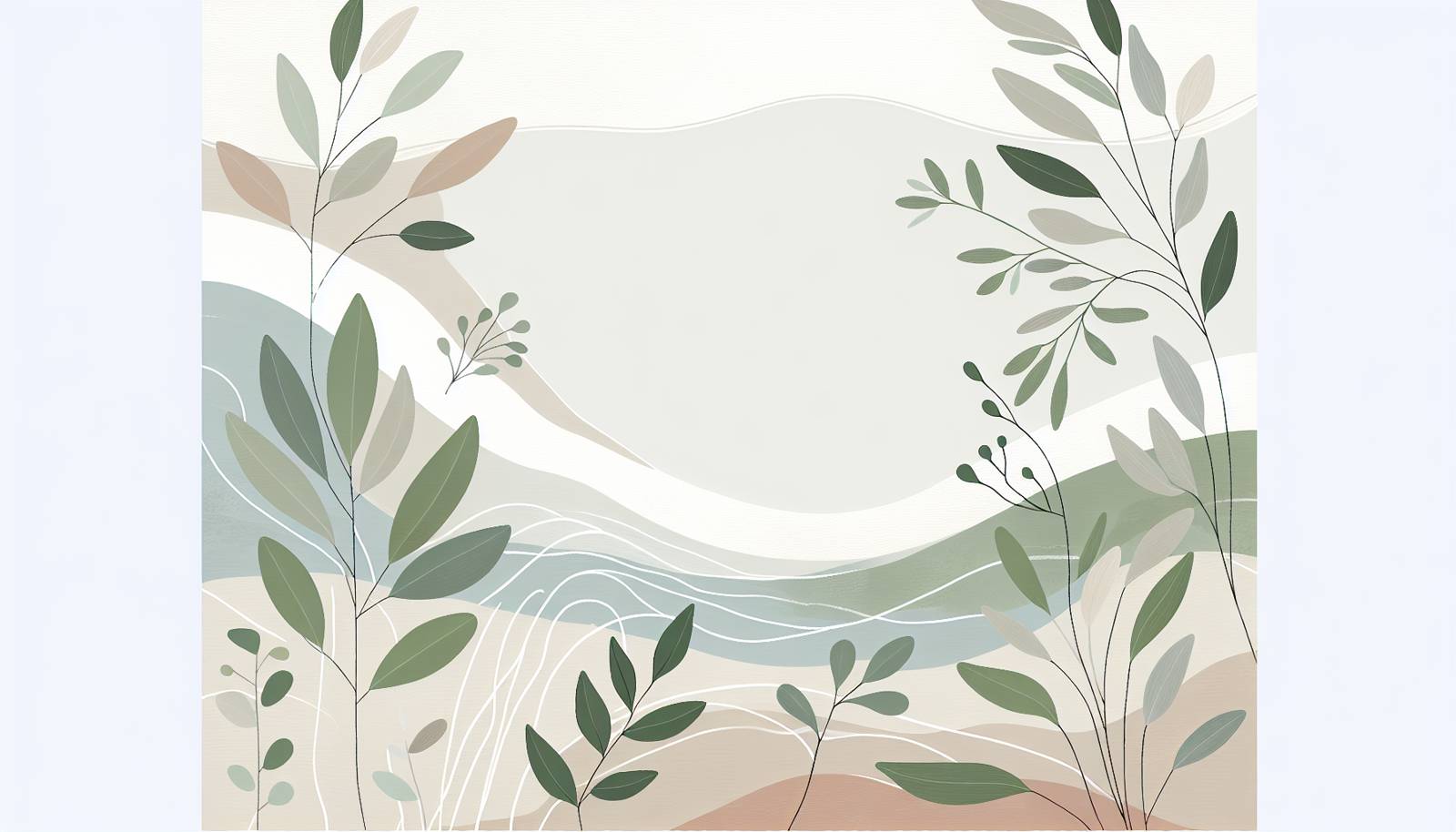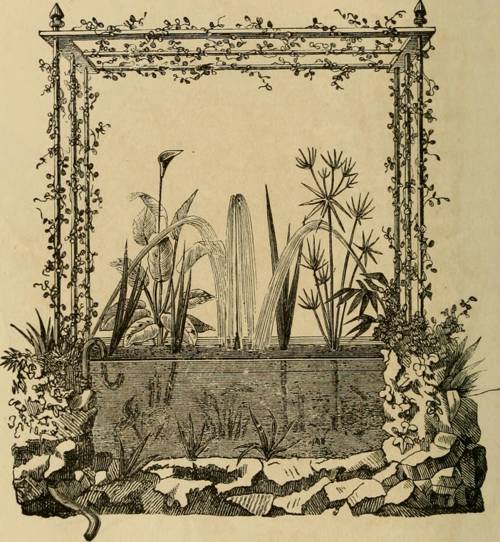
FAQ About Understanding Indoor Plant Watering Consistency

Why is watering consistency important for indoor plants?
Watering consistency is crucial for indoor plants because it helps maintain a stable environment for their roots. Consistent watering ensures that plants receive an adequate amount of moisture without suffering from drought stress or waterlogging, both of which can damage plant roots and overall health.

How often should I water my indoor plants?
The frequency of watering indoor plants depends on several factors including the type of plant, its size, the climate, and the type of pot and soil used. It’s generally best to check the soil moisture by feeling the top inch of soil; if it feels dry, it’s usually time to water. Some plants may require watering once a week, while others might need it every few days.

What signs indicate overwatering in indoor plants?
Signs of overwatering include yellowing leaves, wilting despite wet soil, root rot, and moldy soil. Overwatering can drown plant roots, preventing them from absorbing the oxygen they need to survive. If you notice these signs, reduce watering frequency and ensure proper drainage.

How can I tell if my indoor plants are underwatered?
Underwatered plants often exhibit dry, brown leaf tips, drooping leaves that are not firm, and soil that pulls away from the edges of the pot. Regularly checking soil moisture and observing the plant's appearance can help prevent underwatering.

What are the best practices for watering indoor plants?
Best practices for watering indoor plants include checking soil moisture before watering, using room temperature water, and ensuring pots have drainage holes. Water should be applied until it begins to drain from the bottom of the pot, ensuring thorough hydration.

Can different indoor plants have different watering needs?
Yes, different indoor plants have varying watering needs based on their species, size, and environmental conditions. For example, succulents require less frequent watering than tropical plants due to their ability to store water in their leaves.

Should I use tap water for watering indoor plants?
Tap water is generally safe for most indoor plants, but it can vary in quality based on location. Some tap water contains high levels of chlorine or fluoride, which may harm sensitive plants. Letting water sit for 24 hours can help dissipate chlorine.

Does the season affect how often I should water my indoor plants?
Yes, seasonal changes affect watering needs. Plants typically need more water in the warmer, growing months (spring and summer) and less in the dormant months (fall and winter). Adjusting your watering schedule accordingly helps maintain healthy plants.

How does pot size affect watering frequency for indoor plants?
Larger pots retain moisture longer, requiring less frequent watering, while smaller pots dry out more quickly. Ensure that your pot size matches your plant’s needs, and adjust watering frequency based on the rate at which the soil dries out.

What role does humidity play in watering indoor plants?
Humidity affects how quickly the soil dries out, impacting watering frequency. In high-humidity environments, soil retains moisture longer, requiring less frequent watering. Conversely, low humidity can cause soil to dry more quickly, necessitating more frequent watering.

How can I improve soil drainage to prevent overwatering?
Improving soil drainage can be achieved by using well-draining potting mix, adding perlite or sand to soil, and ensuring pots have adequate drainage holes. This helps excess water move away from plant roots, minimizing the risk of overwatering.

Are there any tools available to help with watering consistency?
Yes, tools like moisture meters can aid in maintaining watering consistency by measuring soil moisture levels accurately. Additionally, self-watering pots and automated irrigation systems offer consistent watering, especially useful for busy or forgetful plant owners.

Can misting be a substitute for watering indoor plants?
Misting can increase humidity for certain indoor plants but is not a substitute for proper watering. It helps plants like ferns and orchids thrive but doesn't provide the root hydration that regular watering offers.

How does light exposure affect watering needs of indoor plants?
Plants exposed to more light typically dry out faster, increasing their watering needs. Conversely, those in low-light environments tend to retain moisture longer. Adjust your watering routine based on the plant’s light exposure to optimize growth conditions.

Is it better to water indoor plants in the morning or evening?
Watering in the morning is often recommended as it allows moisture to reach the roots before the day's heat (if applicable) or light increases evaporation. It also provides time for leaves to dry, reducing the risk of fungal diseases.

Can using a watering can affect how plants are watered indoors?
Using a watering can with a narrow spout allows for more precise watering, helping direct water to the soil rather than splashing onto foliage. This reduces water wastage and minimizes the potential for mildew or mold on the leaves.

How can I prevent underwatering during vacation or long trips?
To prevent underwatering during absences, use solutions like self-watering pots, plant-sitters, or automated watering systems. Grouping plants together near a light source can also maintain humidity, reducing their water requirements.

What is the impact of water quality on indoor plant health?
Poor water quality, such as high mineral content (hard water) or chemical additives, can lead to issues like leaf burn, discoloration, and nutrient deficiencies. Using filtered or rainwater can mitigate these problems for sensitive plants.

Can using ice cubes to water indoor plants be beneficial?
Using ice cubes is sometimes suggested for plants like orchids to slowly release water into the soil, helping to prevent overwatering. However, it's not suitable for all plants, as the cold can shock plant roots, so it should be used with caution and awareness.
